How Can Massage Help Runners?
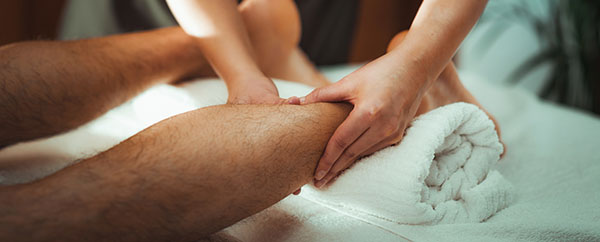
Some runners, coaches & therapists swear by it, others say it’s a waste of money and not ‘backed by any evidence’ . The fact that most elite runners have regular massage suggests there must be something in it, but how valuable a tool is it for recreational runners? Is there any evidence it reduces injury or increases performance? Let’s take a look…
What Does Massage Do?
The most commonly proposed benefits of massage are:
- Helps flush away lactic acid
- Improves circulation
- Breaks down muscle/fascia adhesions.
Now, you may well hear some folk shouting out that there’s no evidence that any of these are true. The fact is, they are right, but try not to let that frustrate you too much. A lot of what we once thought massage does has now been shown to be wrong, but that does not mean we should all stop giving massage. HOW massage works is more complex than we once thought, but that does not mean it doesn’t work.
“So all that money I spent on massage training was a waste? The tutor was lying to me?“
We know it’s scary & frustrating to hear that some of the theory you have been taught on courses now needs updating, but you are STILL a skilled massage professional, and in all honesty what you do with your hands does not need to change at all. There is no doubt that massage can help many runners, just not in the WAY you once thought, and in knowing this you will become more aware of other things that your runners will need to do in order to recover from injury and/or improve running performance.
Lactic Acid, Toxins & Circulation
Knowledge & understanding evolves, it’s a natural & healthy occurrence, something we should expect & embrace. For example, despite what we once believed, modern research now clearly that muscle soreness is not caused by lactic acid build up. Lactic acid (or more accurately ‘lactate’) actually clears from the blood stream the moment you stop running, so the idea that massage helps ‘flush it out’ now makes no sense.
So, yes… massage can help many runners feel less sore after hard sessions, but it’s NOT because we are ‘flushing out’ lactate acid.
Whilst we are talking about ‘flushing out’, we should also mention that, despite it still being taught on traditional massage courses, massage does not help flush out toxins. It’s an idea that sounds good when we say it to our clients, but it is certainly not scientifically based. In fact, no one really know what these ‘toxins’ even are.
The idea that massage ‘improves circulation’ is another traditionally taught mechanism that we need to move on from. Despite this being a very common claim, research shows that any increase in circulation caused by massage would be minimal. Circulation increases when you raise metabolic demand, i.e. when you cause the body to work. In reality, getting on and off the massage couch a few times will increase circulation more than receiving a massage.
“Who cares how massage works? It works, that’s all that matters!“
Many therapists have this reaction, maybe you are right now! It’s a natural response, especiually when things you say on a daily basis to clients are being challenged by some bloke writing a blog! However, there is an answer:
If we know HOW something works, we can make it work even BETTER!
Breaking Down Knots
Hopefully, you are still reading and not too frustrated with this information! Remember, I am a fan of massage, I have taught it for many years, and will get to the benefits very soon! This final misconception is a tricky one, and will challenge much of what you believe. But it’s important.
You were probably taught that the pressure you apply in massage is strong enough to break down knots & scar tissue. Reality is, it’s not. Surgeons need scalpels to cut through scar tissue, so the idea that we can do it with our elbow does not make sense.
Many runners put up with (and even expect) considerable discomfort during a sports massage in the belief that the therapist is breaking down tissue. They aren’t, and in many cases, putting up with severe pain during a massage can lead to a delay in recovery, and in some cases serious injury.
So, yes… massage can help relax a runner’s muscles and causes increases in range of motion, but it’s NOT because we have broken down knots or scar tissue. It’s actually quite scary to think that a human being could do that with their bare hands!
How DOES Massage Help Then?
You made it, well done. It is scary thinking that things we have told clients are no longer correct, but believe me, clients will not care. In fact, they will be thrilled to hear that you stay up to date with research and evolve as a practitioner.
To appreciate how massage most probably works (as supported by recent research), it is important to have a modern understanding of pain.
Understanding Pain
Pain is a hugely complex phenomenon. Though once regarded as feedback to the brain from damaged tissue, i.e. the more damage the more pain, we now know that lots of pain can be felt with little or even NO tissue damage, and that serious tissue damage can occur with little or even NO pain!
This is because pain is an output from the brain & nervous system, NOT an input from damaged tissue. It is a system of defence, a protective response to either actual OR perceived damage, which is why memories, beliefs, images, etc. can all amplify pain.
This is why trying to reduce pain by causing even more pain doesn’t make long term sense, because all you’ll ultimately do is ‘wind the nervous system up’ even more and cause it to output even more pain.
“This is where we now reveal the most likely mechanism behind massage… its ability to relax the nervous system.“
Relaxing the Nervous System
Studies show that massage can reduce both depression & anxiety. The mechanism is thought to be that it relaxes the nervous system, removing threat and giving it less reason to output pain or restrict movement.
This is why after a suitably deep massage we often feel less pain and can move more freely. The effect will not necessarily last forever (we have all seen how the initial pain often returns after a few days) but it can help runners and clients enter a new state of positivity, one which they may have feared would never arrive. This provides a vital time where they will be prepared to make changes that will help improve their recovery.
A little bit of positivity can go a long way – this may be the kick start they needed to start making those necessary changes to nutrition, to their sleep patterns, to the stress they are dealing with at work, at home, etc. Thi sis where they may start to listen to the advice that they their return to running was too intense last time, that they need to do the rehab exercises with consistency, that they need to do their cross training.
Conclusion
Massage can help runners, but not for the reasons traditionally given. By relaxing the nervous system (as opposed to winding it up), massage can aid recovery, allowing the runner to have a state of mind in which they can make the necessary changes to reach full recovery and hopefully reduce the risk of re-injury.
The skill of the massage therapist lies in relaxing the nervous system in an appropriate way (something you are already SUPER SKILLED at), using not just the hands to do this but also but communication skills to LISTEN to the client and support them with suitably placed advice. This is the role of a modern massage therapist, and it can play a HUGELY important part in their well-being.
Have you as a therapist or runner had any positive or negative experiences with massage that you’d like to share? Feel free to leave your stories in the comments, along with any questions you may have!
Related Posts
Heel Striking: Root Of All Evil
Many runners are still being told by shoe shop staff, personal trainers or other therapists that the way to become a better runner and/or avoid injury is to change their heel strike to a midfoot or forefoot strike. Unfortunately, it’s not that simple and despite the good intention it is delivered with, advice like this can even cause injury.
Gait Analysis Workshops with Matt Phillips
The focus of Gait Analysis has (or at least should have) changed considerably over the last decade. Matt Phillips explains how. Also in this article, details of up & coming Gait Analysis workshops with Matt Phillips.
Stop Trying To Get Fixed
For runners struggling with pain or injury, it can often be confusing as to what type of health professional to visit. In a previous article we...
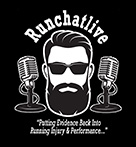
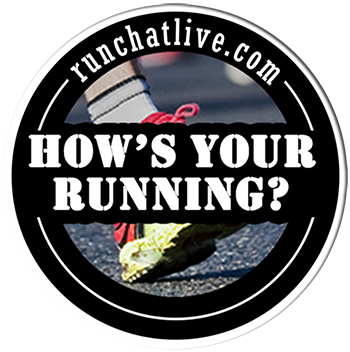
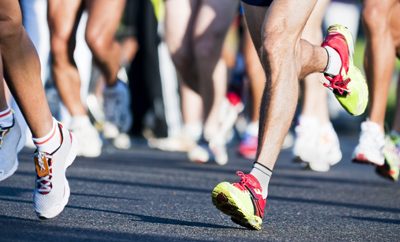
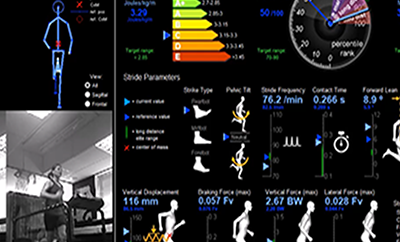
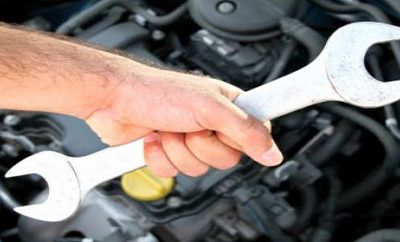
0 Comments
Trackbacks/Pingbacks